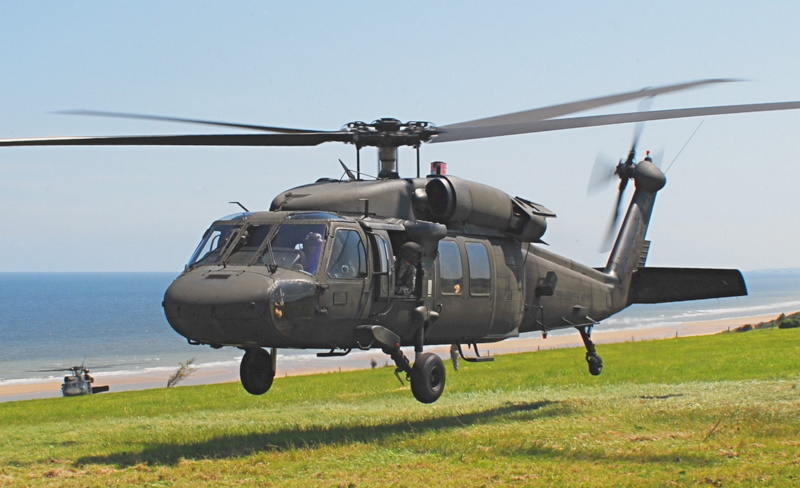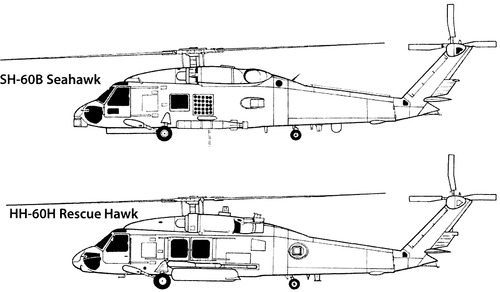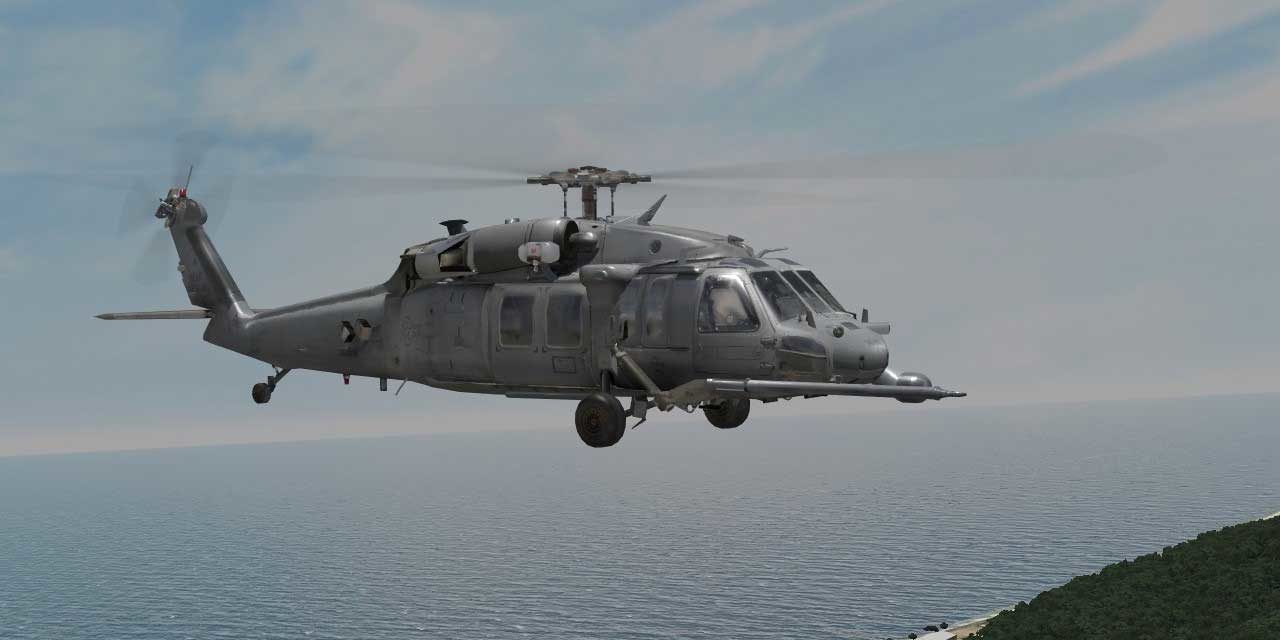Leading Functions and Benefits of the Sikorsky S 70 Helicopter
Leading Functions and Benefits of the Sikorsky S 70 Helicopter
Blog Article
High-Performance Multi-Role Rotorcraft Featuring Advanced Cockpit Technologies and Integrated Sensing Unit Equipments
The realm of rotorcraft modern technology has actually seen notable innovations in current times, particularly in the world of high-performance multi-role rotorcraft furnished with innovative cabin technologies and seamlessly incorporated sensing unit systems. These innovations have not just increased the functional capabilities of rotorcraft but have actually likewise substantially affected modern-day aeronautics operations on different fronts. From enhanced mission convenience to improved operational performance, the merging of advanced cockpit technologies and integrated sensor systems has actually ushered in a new age of possibilities for rotorcraft applications. In the following conversation, we will check out the evolution of rotorcraft innovation, explore the world of sophisticated cockpit technologies, and check out the ramifications of integrated sensing unit systems on the operational flexibility and performance of modern-day rotorcraft.
Development of Rotorcraft Innovation
The development of rotorcraft technology has actually been marked by significant improvements in the rules of aerodynamics, products, and propulsion systems, shaping the capacities and performance of modern-day rotorcraft. Wind resistant improvements have actually improved the effectiveness and maneuverability of rotorcraft, enabling raised speed, dexterity, and stability during trip (sikorsky s 70). Innovations in products, such as using composite products and advanced alloys, have caused lighter yet more powerful rotorcraft structures, improving overall efficiency and resilience. In addition, advancements in propulsion systems, including a lot more powerful engines and ingenious propulsion technologies, have actually allowed rotorcraft to accomplish higher elevations, faster speeds, and higher payloads.
These innovations have not just transformed the abilities of rotorcraft but have actually additionally broadened their applications across numerous markets, including army, business, and emergency situation solutions. The continuous evolution of rotorcraft modern technology remains to drive advancement in the field, pressing the limits of what is possible and shaping the future of vertical flight.
Advanced Cockpit Innovations
Building upon the fundamental innovations in aerodynamics, products, and propulsion systems, the world of rotorcraft innovation currently moves emphasis towards pioneering Advanced Cockpit Innovations. The combination of innovative modern technologies within the cabin atmosphere plays a critical function in improving the functional capacities, safety, and performance of modern rotorcraft. sikorsky s 70. Advanced Cabin Innovations include a vast range of features developed to supply pilots with enhanced situational understanding, streamlined data administration, and intuitive control interfaces
One of the crucial developments in cockpit design is the execution of glass cockpits, which replace traditional analog evaluates with high-resolution screens. These digital systems offer customizable designs, real-time data assimilation, and boosted readability, making it possible for pilots to accessibility essential information at a glance. Advanced avionics systems, such as fly-by-wire controls and increased reality screens, are reinventing how pilots connect with the aircraft, allowing for specific control and boosted decision-making abilities.


Integrating advanced cabin developments not only improves pilot performance however additionally adds to total mission performance and safety in complex functional atmospheres. By leveraging cutting edge modern technologies within the cockpit, rotorcraft producers are establishing brand-new standards for functional quality and mission success.
Integrated Sensor Systems
With the advancement of rotorcraft innovation, the combination of advanced Integrated Sensor Solution has come to be extremely important in improving functional effectiveness and safety. These Integrated Sensor Systems encompass a broad selection of modern technologies that offer important data for different functions such as navigating, security, targeting, and ecological surveillance. By flawlessly incorporating sensors like radars, cams, lidar, and infrared systems right into rotorcraft, operators can gain from boosted situational recognition, enhanced mission abilities, and reduced pilot workload.
One trick benefit of Integrated Sensor Systems is their ability to gather real-time data and supply actionable understandings to pilots and goal drivers. Advanced radar systems can spot and track targets over long distances, permitting for very early hazard discovery and efficient feedback preparation. In addition, integrating electro-optical and infrared electronic cameras allows rotorcraft to carry out reconnaissance and monitoring objectives with accuracy and accuracy.
Basically, the integration of sophisticated sensing unit modern technologies right into rotorcraft not only enhances functional efficiency yet additionally adds substantially to general goal success and crew safety. As rotorcraft remain to evolve, the duty of Integrated Sensing unit Solution will unquestionably stay at the leading edge of technology in the aerospace industry.
Operational Convenience and Effectiveness
Enhancing operational adaptability and efficiency in rotorcraft is a natural progression from the integration of sophisticated Integrated Sensing unit Solutions. By leveraging the information and understandings supplied by these innovative sensing unit systems, rotorcraft can enhance their efficiency across numerous objectives and atmospheres.
Operational convenience includes the ability of rotorcraft to adjust to different roles and scenarios successfully. With sophisticated cabin modern technologies and incorporated sensing unit systems, rotorcraft can seamlessly change between jobs such as search and rescue, medical discharge, monitoring, and a lot more. This versatility enhances the rotorcraft's capacity to fulfill diverse functional requirements without requiring substantial reconfiguration.
Performance in rotorcraft operations is critical for taking full advantage of goal effectiveness and source utilization. Integrated sensor systems play an essential duty in boosting operational effectiveness by supplying real-time information on weather, terrain mapping, target tracking, discover this and extra. This data allows pilots to make educated decisions swiftly, optimize trip courses, save gas, and boost overall goal productivity.
Effect on Modern Air Travel Operations

Additionally, the combination of advanced sensing units helps with improved goal planning and execution, allowing rotorcraft to execute a vast array of jobs with boosted accuracy. From search and rescue operations to aerial firefighting and regulation enforcement goals, the capacities of modern rotorcraft outfitted with sophisticated cabin modern technologies and incorporated sensor systems are unrivaled.
In addition, the influence of these innovations prolongs past functional performance to cost-effectiveness and sustainability. By maximizing trip routes, fuel intake, and maintenance routines, high-performance rotorcraft equipped with innovative cabin innovations and sensors add to minimizing operational expenses and ecological impact, making them important possessions in contemporary aviation procedures.
Conclusion
To conclude, the high-performance multi-role rotorcraft with innovative cockpit technologies and integrated sensing unit systems stands for a considerable evolution in aviation technology. These advancements enhance functional adaptability and effectiveness, ultimately influencing modern aeronautics operations in a favorable means. The assimilation of these innovative modern technologies permits for boosted capacities and performance in various goal situations, showcasing the continued development of rotorcraft modern technology in the air travel market.
The realm of rotorcraft innovation has actually seen noteworthy developments in recent times, especially in the realm of high-performance multi-role rotorcraft outfitted with innovative cabin modern technologies and flawlessly integrated sensor systems. From enhanced goal convenience to enhanced functional performance, the merging of innovative cabin innovations and incorporated sensing unit systems has actually ushered in a brand-new period of navigate to this website possibilities for rotorcraft applications. In the adhering to discussion, we will check out the development of rotorcraft innovation, dive into the realm of advanced cockpit developments, and analyze the implications of incorporated sensor systems on the operational adaptability and effectiveness of modern-day rotorcraft.

Report this page